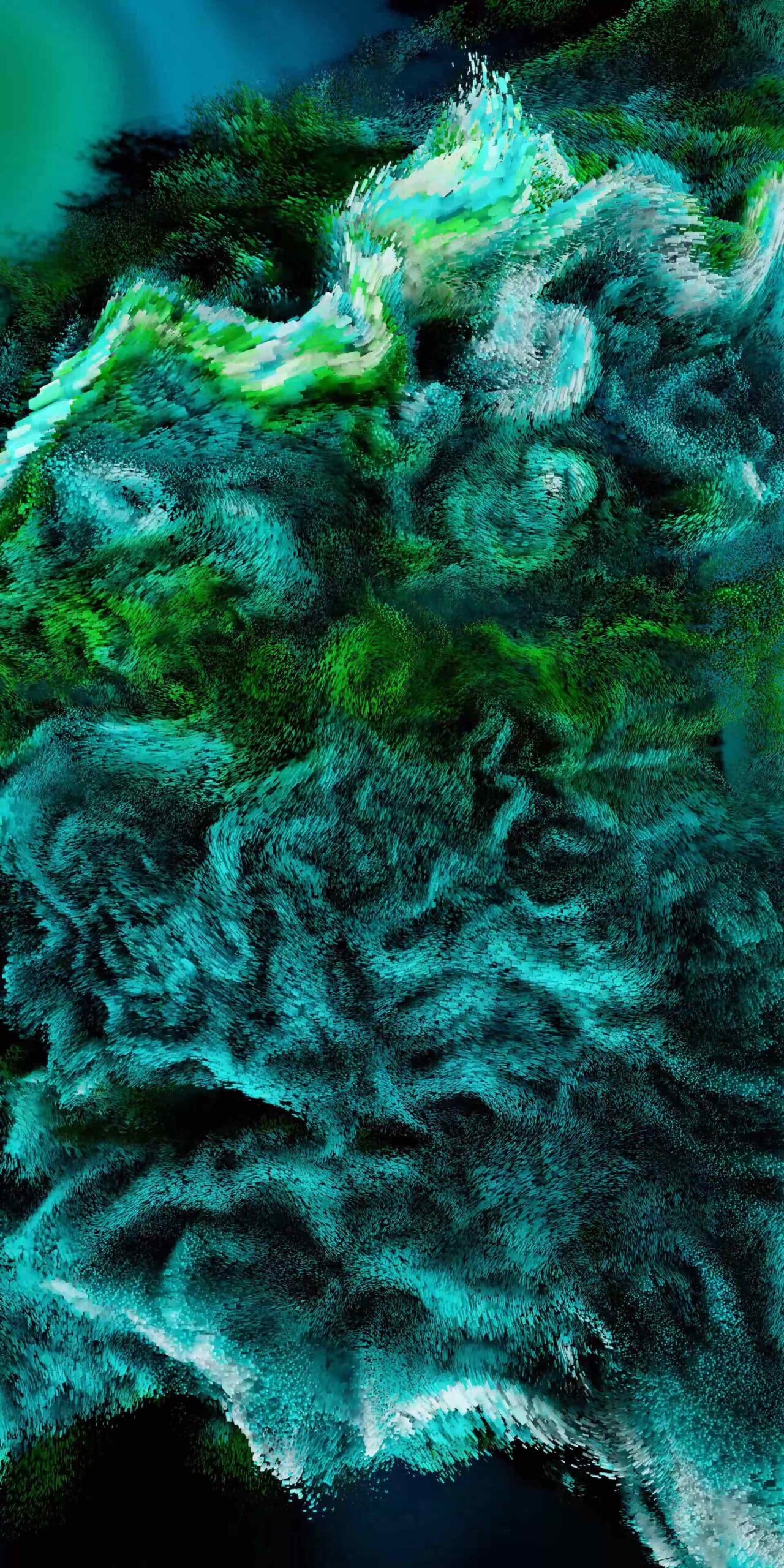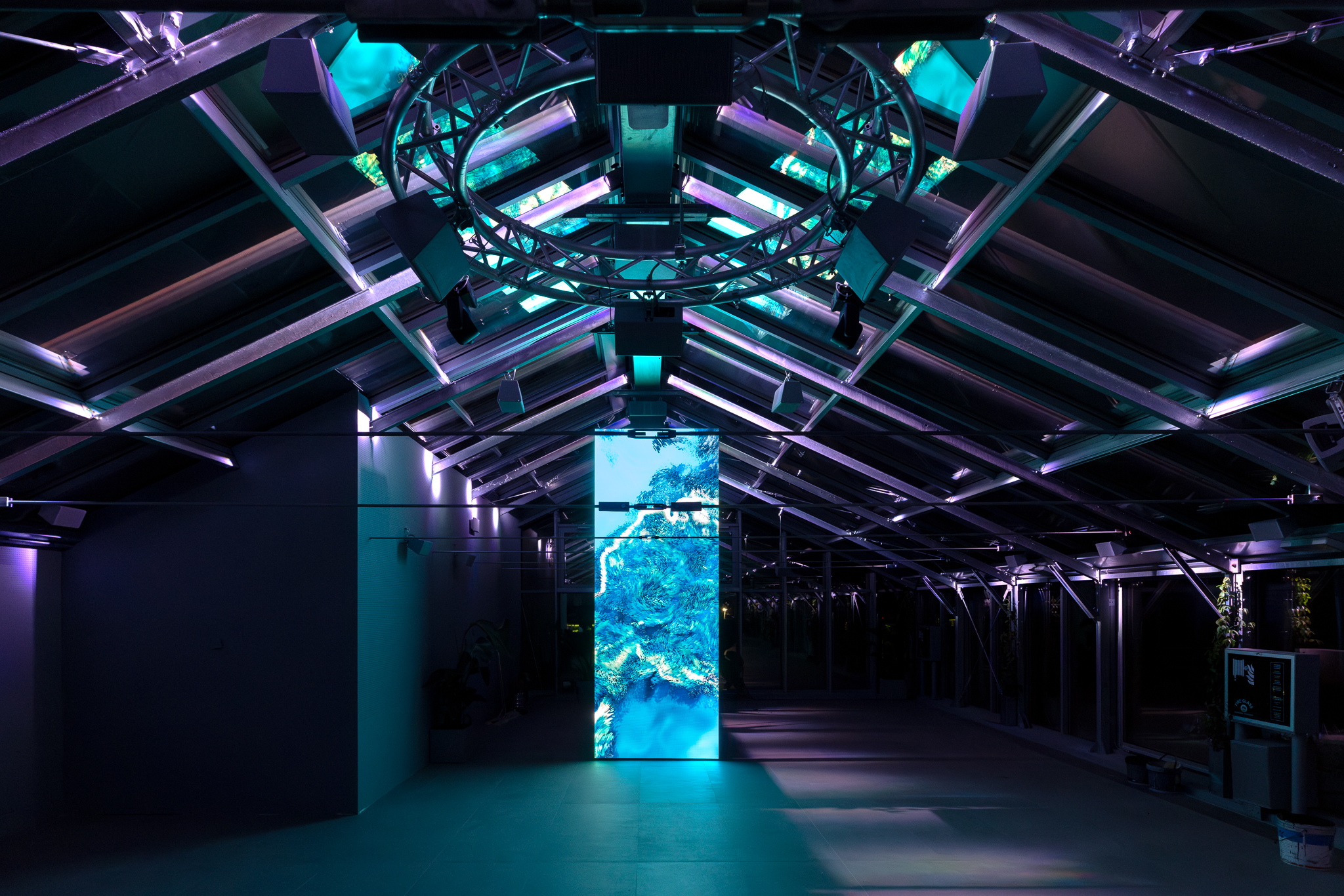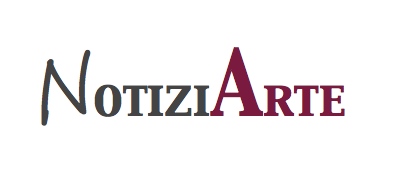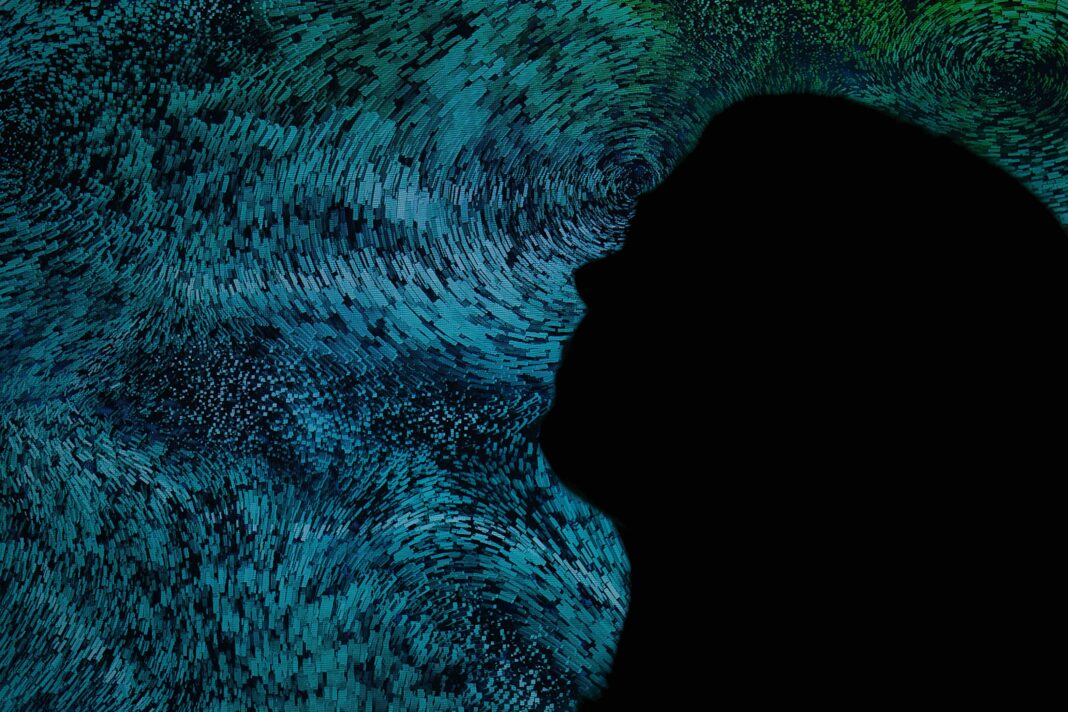Thanks to Artificial Intelligence and the latest technologies, artists can expand their expressive potential, creating works that offer new perspectives on current reality, without ever losing their artistic value and leading us to discover and explore topical issues such as climate crisis. In this direction, the S+T+ARTS GRIN project, represents an important contribution to the dialogue between art, technology and environmental sustainability. CINECA and Kilowatt for the S+T+ARTS GRIN residency project activated a network of collaborations – data scientists, scientists, professors, universities, industry professionals, so that the artists-in-residence could deepen their research focus.
Salomé Bazin and “Destination Earth”
The protagonists of this year’s S+T+ARTS GRIN residency project are Marco Barotti, Salomé Bazin and Calin Segal. We wanted to deepen their work and artistic path with the three artists and here we are with the interview with Salomé Bazin. During the residency, Salomé Bazin has created “Destination Earth” – curated by CINECA, Kilowatt and Quo Artis and with the support of Emil Banca. Salomé Bazin’s artwork-Destination Earth focuses on the complex interaction between human activities and marine ecosystems, using scientific data to highlight the crucial role of the oceans in climate regulation and how technological advances can foster a symbiosis between humanity and marine life.

Ph. Alessandra Tranquillo
Interview Salomé Bazin
How do you integrate different artistic, scientific and technological skills in your work?
SB: I always saw art and science as similar disciplines, as an exploration and real curiosity about how the world works. I would say that art works at the sensorial/ perception level and science with data and measures…and I always found that technology was a useful way to link both. As an artist I’m not interested in technology per se I’m actually interested in poetic-technology and connected experiences. I actually think as artists that we have a responsibility to reconnect technology to the human experience and our role within nature. I think technology is an incredibly powerful tool to enable audiences to perceive complex phenomena and systems of nature that we experience every day. That’s why I love working with scientists as it enables me to have complex and rich data sets which I can translate into experience that anybody can relate to.
How do you see the future of art in relation to technology and what role do you think it will play in your art practice?
SB: If anything I would say that art should drive technological innovation and not the opposite. I don’t think that with the rise of AI, all art now should be AI driven nor do I think as a society that this is where we should all focus on. From my practice I am really excited about the potential of computing, sensors and wearables to help us reconnect to nature; by strengthening our perception whether its our hearing, our vision, our sensations and thus enable us to be more in tune with what’s around us.
Can you tell us about your “Destination Earth” art-project and how you turned data into an art installation?
SB: Destination Earth is a multi-sensory installation revealing the connection that ties atmosphere and ocean, humans and inhabitants of the sea, into a flow of interconnected motions.
For this artwork I have been using data in parallel for the creation of real-time visual creation and in the composition of the music cycles. Over the months we have been compiling quite a lot of data actually, using Copernicus dataset from European satellites of oceans flow , temperature and phytoplankton concentration in the Atlantic alongside data on sound propagation across the ocean. With the composer Rob Thomas we have been developing the narrative of the music to be responsive to audience rhythm and speed of walking. This was for us the most efficient way to get the public to understand the correlation between our speed of motions as humans and its impact on international navigation/sound pollution, alongside mammal migrations, ocean flows and their correlation with the atmosphere and overall climate change. The goal of this project is to enable the public to gain a sensory understanding of the changes in human motions that are required for our planet survival. Performers invite audiences to support the regeneration of oceans through their slowed down walking pattern and breath, which have a direct impact into the on-screen visualisation of ocean flows and the harmony of the artwork’s soundscape.
You collaborated with scientists and researchers to develop this work-how important was this exchange of knowledge to the final result? What are your reflections from this experience for the GRIN S+T+ARTS Residency project?
SB: Yes the exchange of knowledge was critical actually I don’t think the project would have existed without! What was incredible about the GRIN residency, working with Cineca, CMCC , OGS is that we actually managed to create a workflow so we could use data in a scientific correct way. Sometimes data sets are pretty cumbersome or saved in a weird format and there is no time to go through the effort of translating accurately to read it, so we actually simulate using gaming engine language! Whilst it’s most of the time totally ok for the narrative and expected effect, this time through spending several weeks with Cineca technicians we actually managed to use their maps with all the data points and I think that’s really promising actually on what is possible for the future of this technology. In other scenarios or models we could continue working together to help them communicate what they do through novel multi-media visualisation techniques.
How much did your project change as you interacted with domain experts and came into contact with new data sets?
SB: So what I found really interesting in this collaboration is that I actually had this strong intuition about a correlation between mammal migration, human breath, the atmosphere and the ocean flows. Now this was all intuitive right and not really backed up on anything. Through interacting with domain experts I have learned so much and it was beautiful to see confirmed by people who have been studying ocean flows for a decade the correlation between our breath and how the ocean works! There were other things that turned out counter intuitive for e.g how the thermohaline circulation of the oceans is actually slowing down rather than speeding up with climate change, or how sound propagation is speeding up with a warming ocean. It was a beautiful learning through those months, and of course all this has impacted a lot the project through the choice of datasets, how we would translate it, the overall script, the sound narrative and even the movement direction!
How can the public interact with your installation and what impact do you hope “Destination Earth” will have on understanding climate change?
SB: Destination Earth portrays the interdependence of humans, sea mammals, and atmosphere, and most importantly the critical role of the global ocean in the regulation of climate. As a general narrative the piece invites for a state of contemplation and stillness, with the speed and rate of human actions directly influencing the currents in the depth of the ocean. On screen is a poetic data visualisation of the changes in temperature and current flow in an important place of the earth: the Grand Banks where the labrador current (from the arctic) and the gulf stream (from the equator) meet, giving its name of ‘lungs’ of our ocean.
Audience participants’ movement across the room is directly influencing the speed of events towards the ‘climax’ (around July/Aug). In the ocean ‘portal’ (the screen monolith): participants can notice the intensification of the gulf stream and its change in temperature. This powerful current influences weather patterns and storms,and over the last 20 years has warmed faster than the global ocean as a whole influencing ecosystems and climate. Leveraging the power of music and real-time generative visuals, the project’s goal is to enable audiences to gain a sensory understanding of the changes in human motions required for our planet’s survival.

How does your art practice and the “”Destination Earth”” project reflect your ecological thinking? Do you think art can profoundly influence people’s perceptions and actions regarding environmental issues? In what ways? What role can artists play in training an ecological imagination?
SB: I think Destination Earth is a pretty close representation of my ecological thinking. I believe that climate apocalypse narrative can lead to desensitisation and lack of action, and that immersive experiences and poetic-technologic representation can help define a novel course of action in the audience’s imagination. It might be a bit naive, but part of me feel that by allowing audiences to regenerate oceans through something as simple as slowing their breath and rhythm of walk, we give back agency for change. Because the world is the way it us from our actions, beliefs, habits, and that slowing down our life would be so beneficial for the planet we inhabit everyday, and our body that gets mistreated from a hyper productive society.
What are your upcoming projects? What goals do you have for the future of your art career and what themes would you like to explore?
I am into a nice new creation merging sound, movement, and real-time physiology signals. I cannot say much about it right now! And of course we are doing everything right now to get Destination Earth to tour this upcoming year in Europe and overseas, fingers crossed!
Artist bio: Salomé Bazin
Salomé Bazin is a french designer and artist, founder of experiential design studio Cellule. She holds a BA from Olivier de Serres in Paris and MA from Central Saint Martins London. Starting as an assistant for award-winning stage designer Es Devlin, followed by work as a freelancer in media art, lighting and experience design; Bazin gained experience in her early years working for a portfolio of high profile clients including Fendi, Louis Vuitton, Samsung and WhiteCube, amongst others. She founded Cellule studio in 2018 , and was acknowledged by the British Design Council as one of the ’10 UK emerging design practice of 2018’. Cellule is a design studio bringing a creative and collaborative approach to science and healthcare innovation, envisioning the future of the human body and health. Bazin’s work is a tension between digital art, experiential and scenography, a constant exploration of new mediums to relate to scientific phenomenons, evolving technologies and human physiology.
She is particularly interested in poetic-technologic experiences as a way to reconnect to our bodies. (from: https://salomebazin.com )



